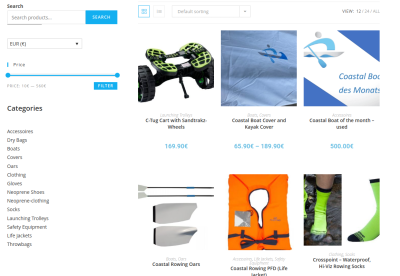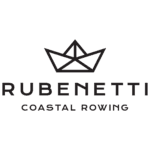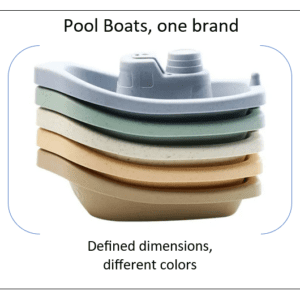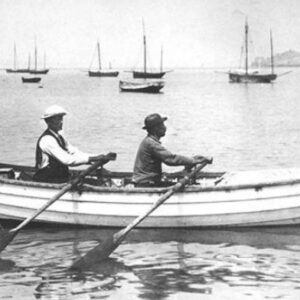“Let’s not go out on the water until the afternoon. That’s the best time for rowing… It’s way too hot in the heat at midday!”
We probably all heard this statement before! We asked ourselves, though, is it really true? Is it really that hot around noon? We have often heard sentences like these in the course of our lives and are therefore kind of certain: the midday and afternoon hours are the most dangerous time of the day when it comes to heat. So, not the best time of day to row. However, this is a misconception because midday heat is just one heat myth among many. Some even speak of the fairy tale of the midday heat.
The temperatures during midday are hot, but it’s not the hottest time of the day!
Nina-Carissima Schönrock writes in her Web.de forum: “The hottest time of the day in summer in Central Europe is not at noon, but in the late afternoon. This applies to the whole of Central Europe, because the sun does not reach its peak here until the early afternoon.
“Due to the summer time, the time of the sun’s highest point shifts to around 1:30 p.m., not 12 p.m. as is often assumed,” explains Gudrun Mühlbacher, head of the regional climate office in Munich of the German Weather Service (DWD), in an interview.”
A bad time for rowing: Between 5:00 p.m. and 6:00 p.m
The hottest time of the day is between 5:00 p.m. and 6:00 p.m. After 6:00 p.m., the heat decreases relatively quick. So how about getting into the boat around 7:00 or 7:30 p.m. on particularly hot days? Especially in Central Europe it is bright enough in the summer months.
In particular in July it makes sense to go on the water very late if you don’t have time in the morning. Because not only does the sun literally “beats down on you”, but the ground also stores and releases this heat. And we’ve all probably ran barefoot and across the hot sand at the beach and it felt like burning.
What is actually considered a hot day?
What is actually considered a hot day? For some it’s everything above 25°C (77F), for others it starts at 30°C (86F) and still others are only really convinced of a hot day at 35°C(95F). In meteorology, a clear definition of a “hot day”. In Central Europe, a day is considered “hot” if the maximum daily temperature exceeds 30°C (86F). Such days are also known as tropical days in Germany. It might not sound too much if you’re from Southern Europe, the US or Australia but the average temperature in Central Europe in summer is between 23°C and 26°C(78.8F). If it is over 20°C(68F) during the night, it is called a tropical night. By the way, heat during the night is much more strenuous for our body than you might think.
But when is the coldest time of the day?
Even after the sun has set, the sea and the ground like the beach continue to give off heat. We all know the wonderful feeling when the sea or the lake is nicely heated up in the evening, while the coolness of the night is already starting.
Throughout the night, the temperature continues to drop, and the heated surface emits less and less heat. So, is the coldest time of the day just before sunrise? When it’s dark and we shouldn’t be on the water yet?
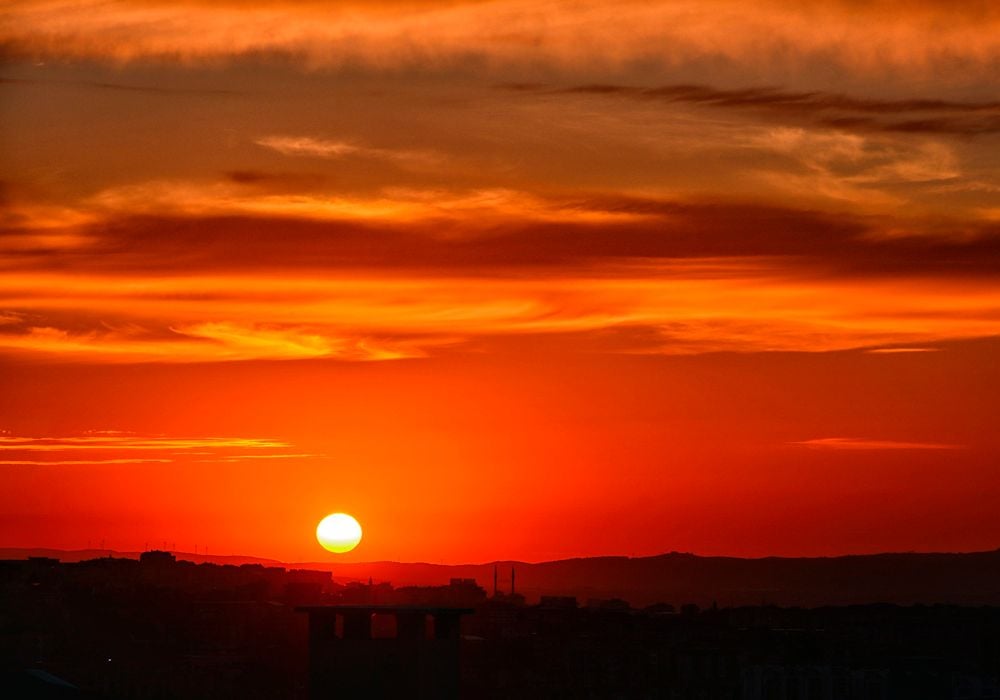
Not quite! When the sun rises it takes a while for its rays to heat up the environment. But we’re already getting enough light to row. It takes between 30 minutes and 1 hour after sunrise for the temperatures to start rising. And this is what we consider to be the best time of day to row.
The best time for rowing is in the morning
The storage and release of heat ensure that the greatest heat is only reached in the afternoon. On really hot days, rowing and other physical activity should be done in the morning when it’s still warming up.
And rowing early in the morning is not only good for beating the heat, you can also see beautiful sunrises on the sea.
And no matter what kind of sport you practice, the same rule always applies – always drink enough. Instead of the recommended daily amount of 1.5 to two liters, you should drink three liters of water in summer – unless there are health reasons against it. Preferably with a water bladder in the boat.


